- Have any questions?
- +86-189 8930 5995
- sales@mosinterchem.com.cn
Magnesium acetate CAS 16674-78-5

Cadmium nitrate CAS 10325-94-7
18/12/2018
Hexahydrophthalic anhydride HHPA CAS 85-42-7
18/12/2018| Model: | MOS 16674-78-5 |
| Brand Name: | MOSINTER |
| CAS No.: | 16674-78-5 |
| Purity: | 99% |
| Appearance: | White crystals |
| Purity: | ≥99.0% |
Magnesium acetate (CAS: 16674-78-5)
| Item | Index |
| Appearance | White crystals |
| Purity %≥ | 99.0 |
| Phosphate (PO4) %≤ | 0.001 |
| Heavy metals (as Pb) %≤ | 0.0005 |
| Iron (Fe) %≤ | 0.0002 |
| Sulfate (SO4) %≤ | 0. 005 |
| Chloride (Cl) %≤ | 0.0005 |
| Calcium (Ca) %≤ | 0.01 |
| Manganese (Mn) %≤ | 0.001 |
| Barium (Ba) %≤ | 0.003 |
| Water insoluble %≤ | 0.005 |
Physical properties:
Magnesium acetate appears as white hygroscopic crystals. It smells like acetic acid and is soluble in water.
When it is in an aqueous solution its pH will be on the alkaline side of neutral.
Usage:
In 1881 Charles Clamond invented the Clamond basket, one of the first effective gas mantles. The reagents used
in this invention included magnesium acetate, magnesium hydroxide and water.
Magnesium acetate is commonly used as a source of magnesium or for the acetate ion in chemistry experiments.
One example of this is when magnesium acetate and magnesium nitrate were both used to perform molecular
dynamics simulations and surface tension measurements. In the experiment the authors found that the acetate
had a stronger affinity for the surface compared to the nitrate ion and that the Mg2+ strongly repelled away
from the air/liquid interference. They also found that the Mg2+ had a stronger tendency to bind with the
acetate ion compared to the nitrate.
One of the more prevalent uses of magnesium acetate is in the mixture called calcium magnesium acetate
(CMA). It is a mixture of calcium acetate and magnesium acetate. CMA is thought of as an environmentally
friendly alternative deicer to NaCl and CaCl2. CMA also acts as a powerful SO2, NOx, and toxic particulate
emission control agent in coal combustion processes to reduce acid rain, and as an effective catalyst for the
facilitation of coal combustion.
Magnesium acetate has been found to cause a conformational change in Escherichia coli Primase. In this
experiment Mg(OAc)2, MnCl2, CaCl2, NaOAc, LiCl, MgSO4 and MgCl2 were all compared to see what
effect they had on the Escherichia coli Primase. The experimenters found that Mg(OAc)2 caused the best
conformational change. MgSO4 and MgCl2 induced the effect slightly while the rest did not.
When magnesium acetate is mixed with hydrogen peroxide it acts as a bactericidal.
Magnesium acetate has been shown to be effective at ashing organic compounds in preparation for a fluorine
analysis when high or low concentrations of fluorine are present.
Safety:
Magnesium acetate is a relatively safe compound to handle and has been given a health hazard rating of zero.
However, it should always be handled with gloves and safety goggles. If it gets in the eyes, the skin, ingested,
or inhaled it will cause irritation in the respective areas: eyes, skin, gastrointestinal system, and lungs.
You must be logged in to post a review.

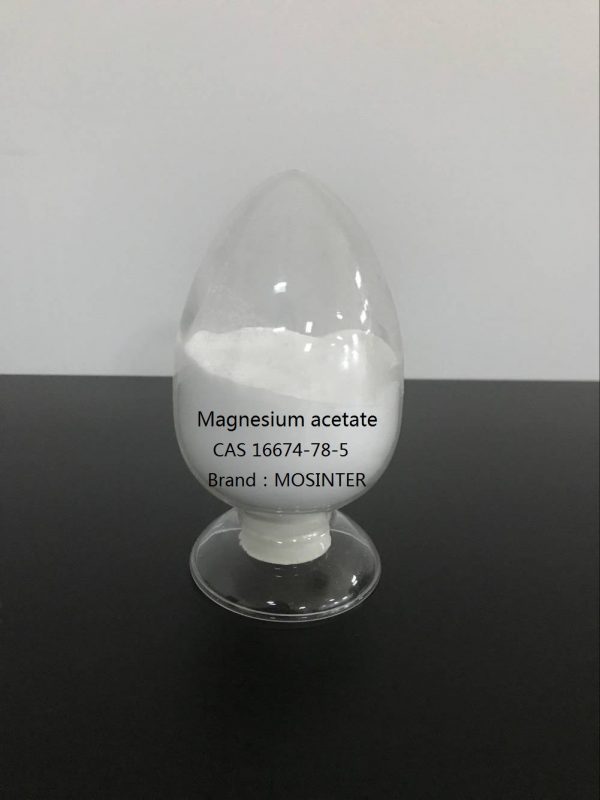
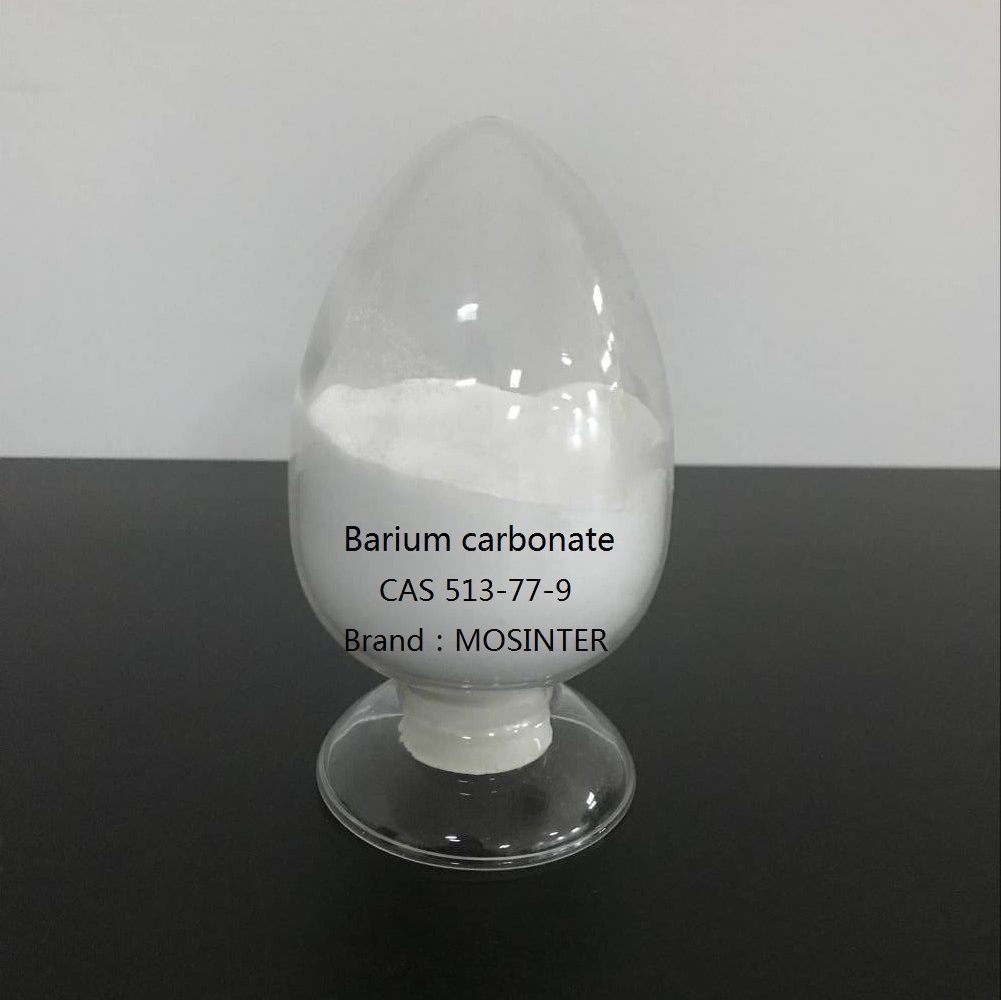
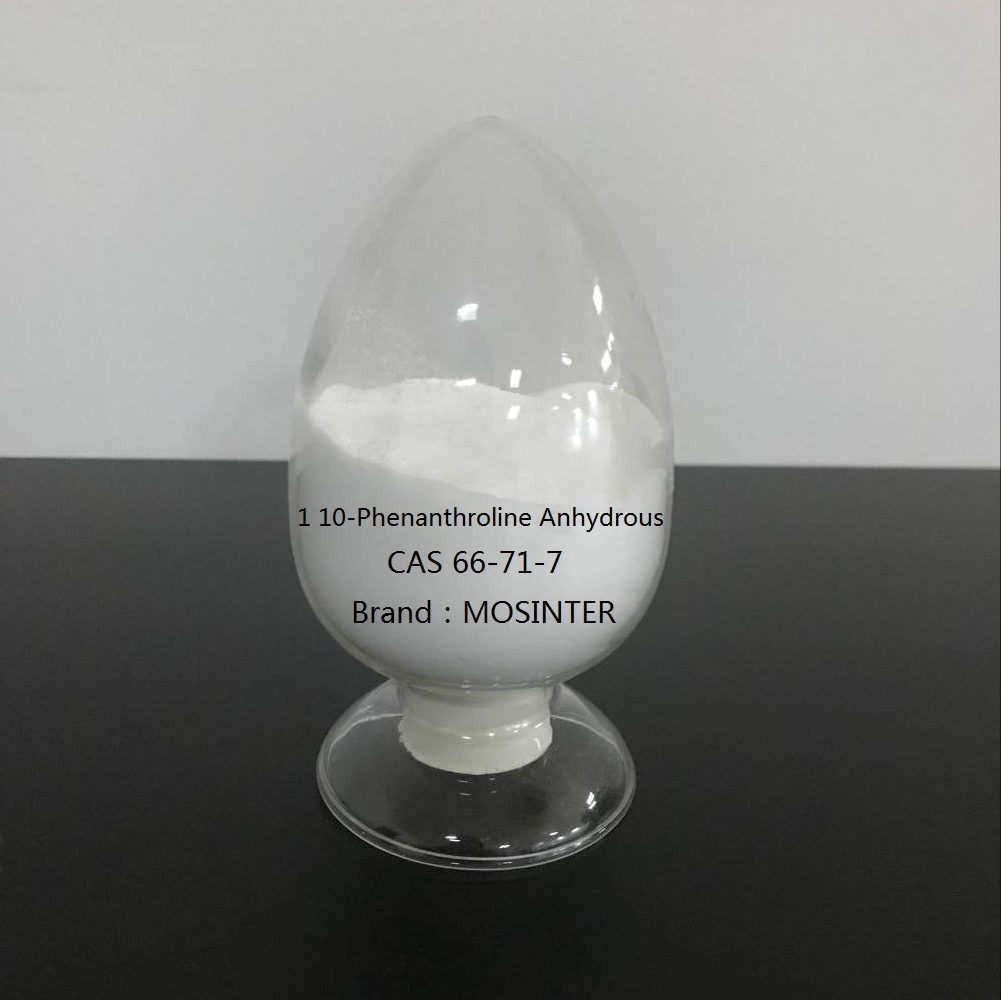
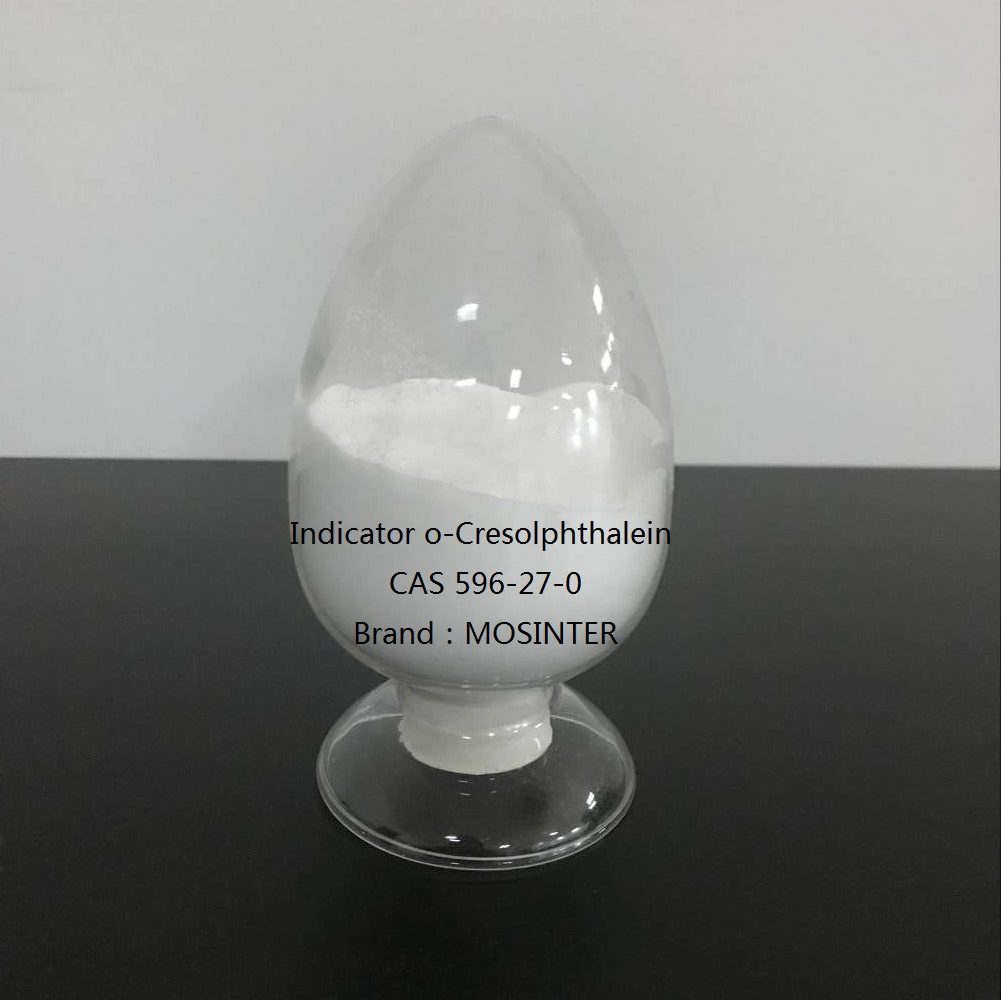
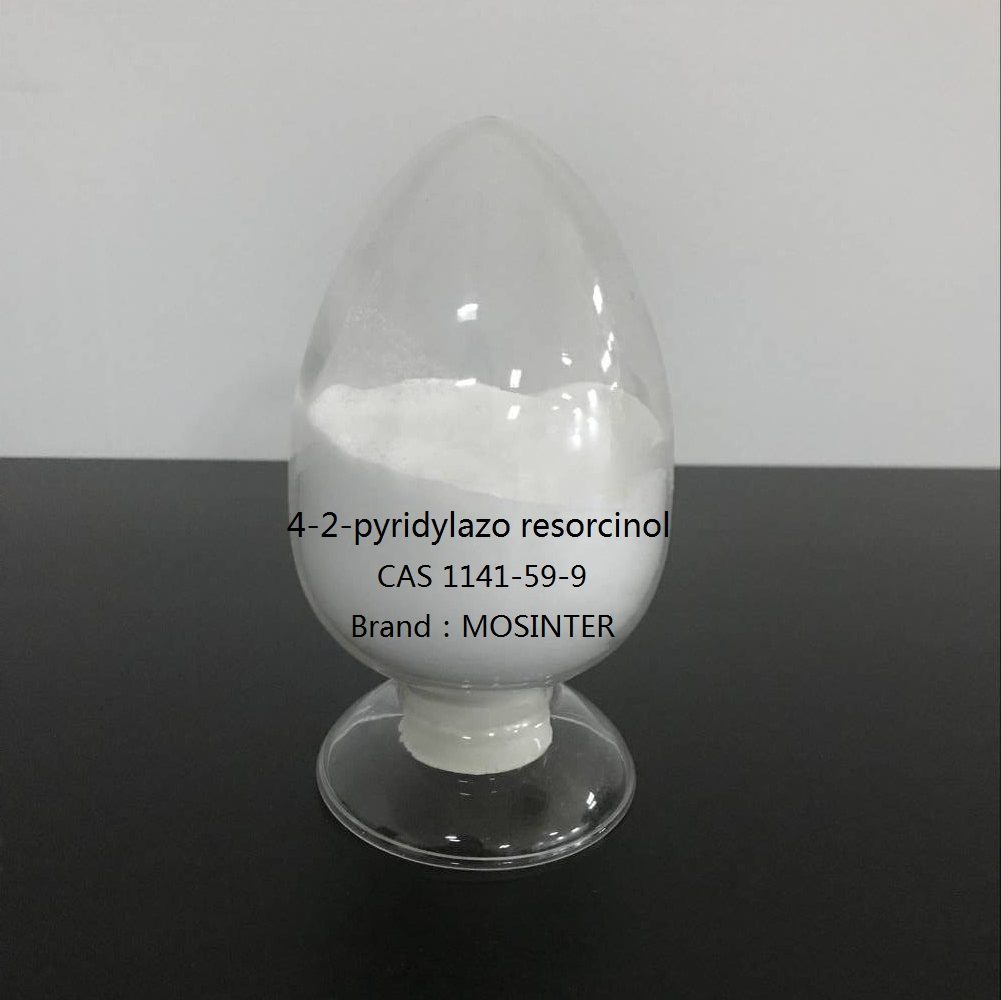
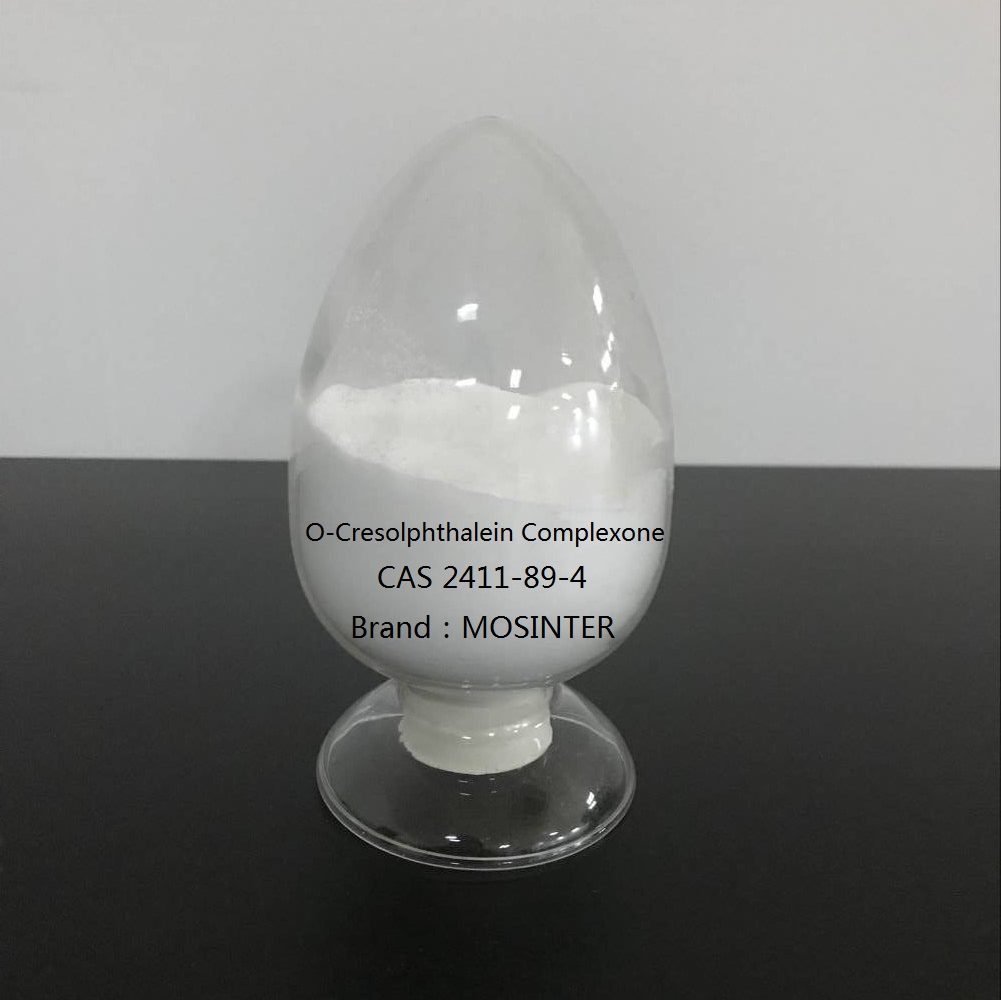
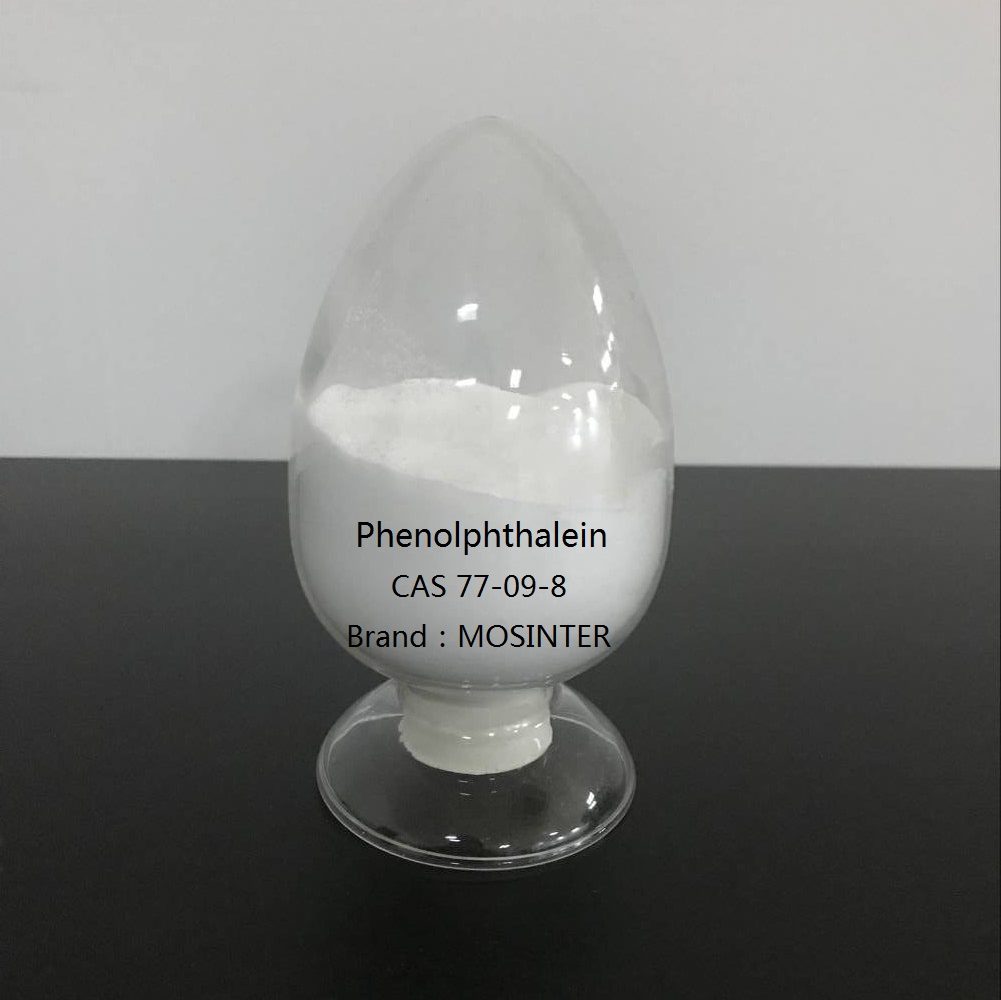
Reviews
There are no reviews yet.